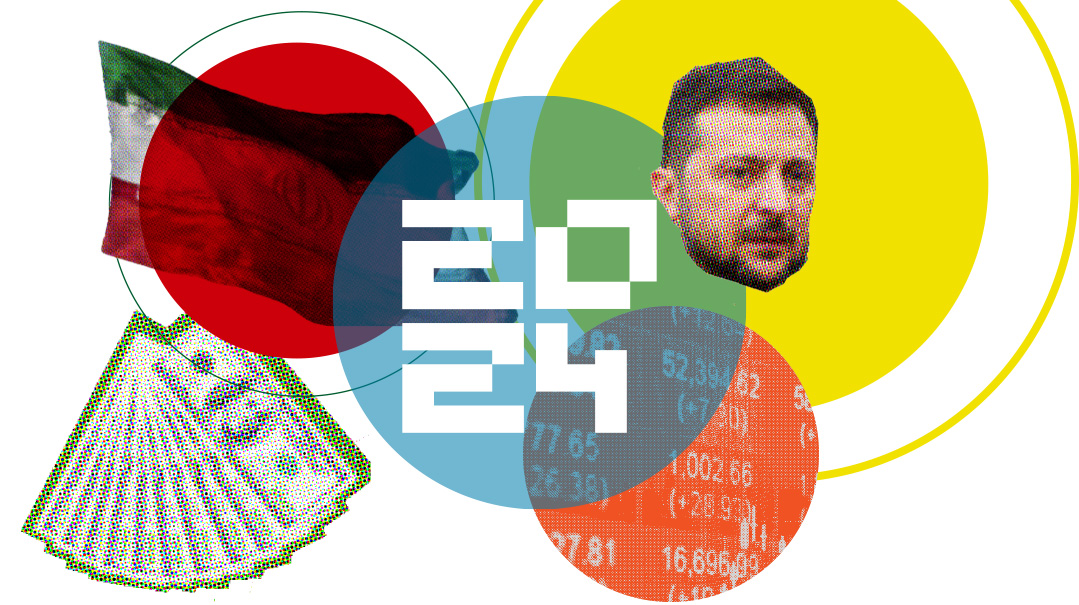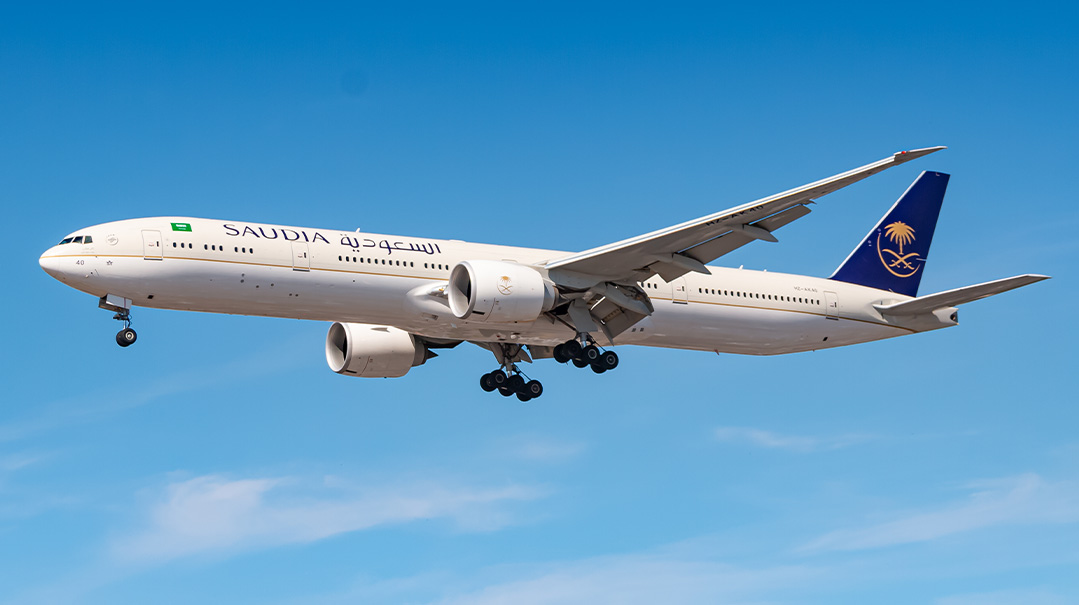Who Are the Democrats?


If the Democrats want to regain control of the US House of Representatives in November, they will need more candidates like Tim Walz and fewer like Rashida Tlaib.
Tlaib, a Palestinian-American Democrat from Detroit, Michigan, is set to become the first Palestinian Muslim woman to serve in Congress. Though she previously expressed support for the two-state solution, the liberal lobby J Street pulled its endorsement last week after Tlaib changed her tune. “One state,” she said in a number of interviews, endorsing a plan that would erase Israel’s Jewish character. “It has to be one state. Separate but equal does not work.”
Tlaib is running unopposed to take the seat of retiring longtime congressman John Conyers. Another Muslim woman, Somali-American Ilhan Omar, may join her in the US Congress. She won the Democratic primary last week to fill the seat of Rep. Keith Ellison, who is campaigning to be Minnesota's next attorney general. Omar is likewise critical of Israel, calling it an “apartheid state” that “has hypnotized the world.”
On the other side are candidates like Rep. Tim Walz, who last week won the Democratic primary for governor in Minnesota. Walz, a former school teacher, ran on a campaign of “One Minnesota,” making an explicit appeal to centrist voters. In neighboring Wisconsin, Tony Evers, a state education superintendent, won his race for governor by emphasizing his establishment credentials. Call them the boring and conventional anti-Trumpers.
The split between candidates like Tlaib and Omar versus Walz and Evers defines the internal struggle of the Democratic Party today. Moderate voices hope to give voters an alternative to a loud, raucous president, while radical forces want to fight fire with fire. If you like, it’s the ongoing battle between the Bernie camp and the Hillary camp from the 2016 Democratic primaries.
The latest RealClearPolitics poll finds that both parties will garner a similar number of seats in the November election — 199 for the Democrats and 194 for Republicans. The remaining 42 seats are classified as toss-ups. Out of those 42 seats, many of them are in the Midwest — Ohio, Pennsylvania, Michigan, as well as Minnesota and Wisconsin. That makes these states the heart of the battleground — both for control of the House and the future face of the Democratic Party.
(Originally featured in Mishpacha, Issue 724)
Oops! We could not locate your form.







